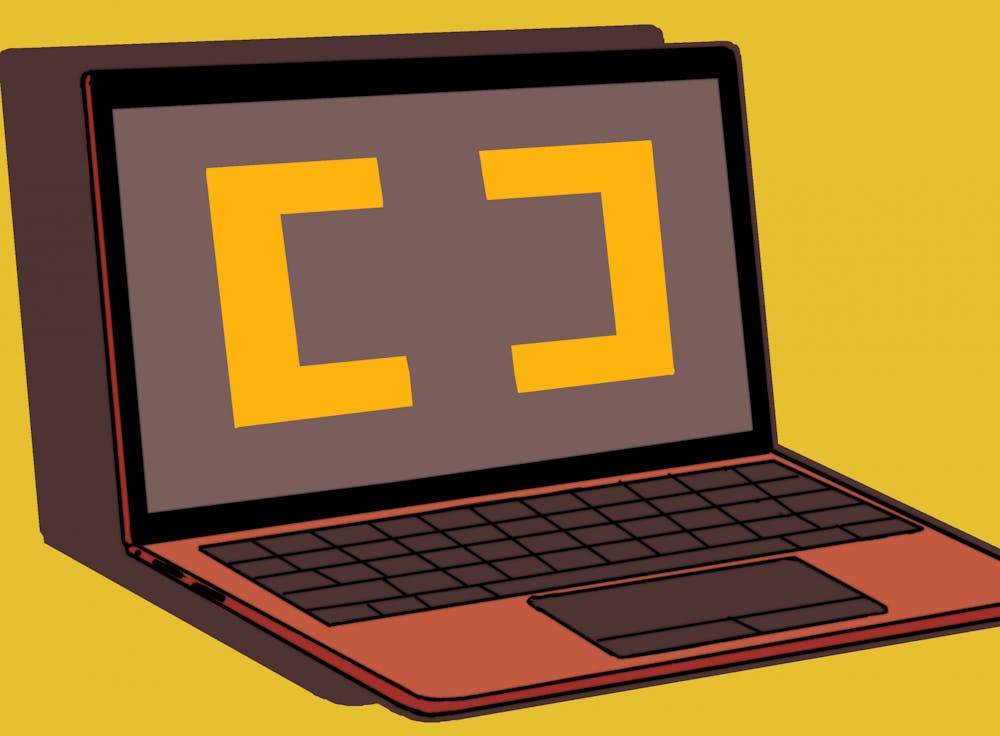As the pandemic has uprooted the lives of many, ASU students are no exception — now with many classes offered as a blend of in-person and ASU Sync experiences, moving classes with more than 100 students to completely remote formats.
But that doesn't mean it is an equal replacement for what was the "old" normal.
Among the problems the pandemic brought about, ASU's decision to reopen for the Fall 2020 semester should have prompted two top priorities: the health and well-being of students and staff and providing the best education it can given the circumstances with optimal accessibility.
But if that accessibility stops at providing prerecorded lectures without captions, it already severely limits who can get value out of their courses.
Closed captions have proven to be helpful in other areas besides comprehension. A 2018 study found that a majority of non-native English speakers, students with vision issues and Pell-eligible students all find closed captions and transcripts ”’very‘ or ‘extremely’ helpful.” Additionally, closed captions can be a substitute if the lecture audio quality is poor, or if the professor has a strong accent or is difficult to understand.
Despite this, prerecorded lectures for certain courses lack any closed captioning, and often don't provide a transcript of their lectures.
ASU has a unique opportunity to innovate distanced learning and accessibility for higher education — and it is, with the hybrid class structure — but it is failing in a very fundamental aspect.
As of Sept. 23, only 20% of the student body had returned to campus, meaning a majority of students are learning online. The administration's responsibility doesn't stop at making sure students aren’t getting sick; they also must ensure equal access to their education.
Knowing what the fall semester was going to look like, and given months of summer break in between, ASU should have made it a mandatory requirement for all professors’ prerecorded lectures to be captioned and held professors to it — especially during a pandemic, when there is already a flurry of problems students face.
Zoom provides live captioning that the host can enable. Shalina Bianca Baysan, a first-year success coach and senior studying film and media production, said her work takes advantage of the live caption feature on Zoom.
"Whenever I would be in work meetings with live captioning on, it's super accurate, even with punctuation." she said. "I've only seen (Zoom live lecture caption) during my work meetings whenever we have them ... and I feel like every single class should have it on."
The Student Accessibility and Inclusive Learning Services, recently renamed from the Disability Resource Center, does provide services to students who request them, such as testing and lab accommodations, sign language interpreters and, of course, notetakers.
SAILS’ notetakers are assigned to a specific class and student who requested notes for that particular class. Notetakers are incentivized to provide quality notes by being given the choice of a letter of recommendation from the professors whose notes they are writing for, or a $75 stipend, either of which are rewarded at the end of the semester.
But even notetakers face their own issues when taking notes for classes.
"In a lot of my classes, sometimes the Internet connection is unstable and you can't really catch what someone is saying," said Amari Davis, a sophomore studying computer science. She is a notetaker for the fall semester for one of her online courses. "Closed captioning would really help cut out some of that confusion."
Closed captions are provided to professors who, prior to the start of the semester, are able to see if there is a student registered with SAILS enrolled in their course. But all professors have the option to caption their videos, regardless of whether their students explicitly need it to accommodate their needs, and they should take full advantage of this feature.
For anyone attending lectures held over Zoom, live closed captions could be a real game changer for students and professors alike.
Baysan said her students “wish(ed) there was closed captioning or even live transcripts.
"I feel like those features would benefit everyone.”
Reach the columnist at jkmiguel@asu.edu or follow @wolf1Ez on Twitter.
Editor’s note: The opinions presented in this column are the author’s and do not imply any endorsement from The State Press or its editors.
Want to join the conversation? Send an email to opiniondesk.statepress@gmail.com. Keep letters under 500 words and be sure to include your university affiliation. Anonymity will not be granted.
Like The State Press on Facebook and follow @statepress on Twitter.




